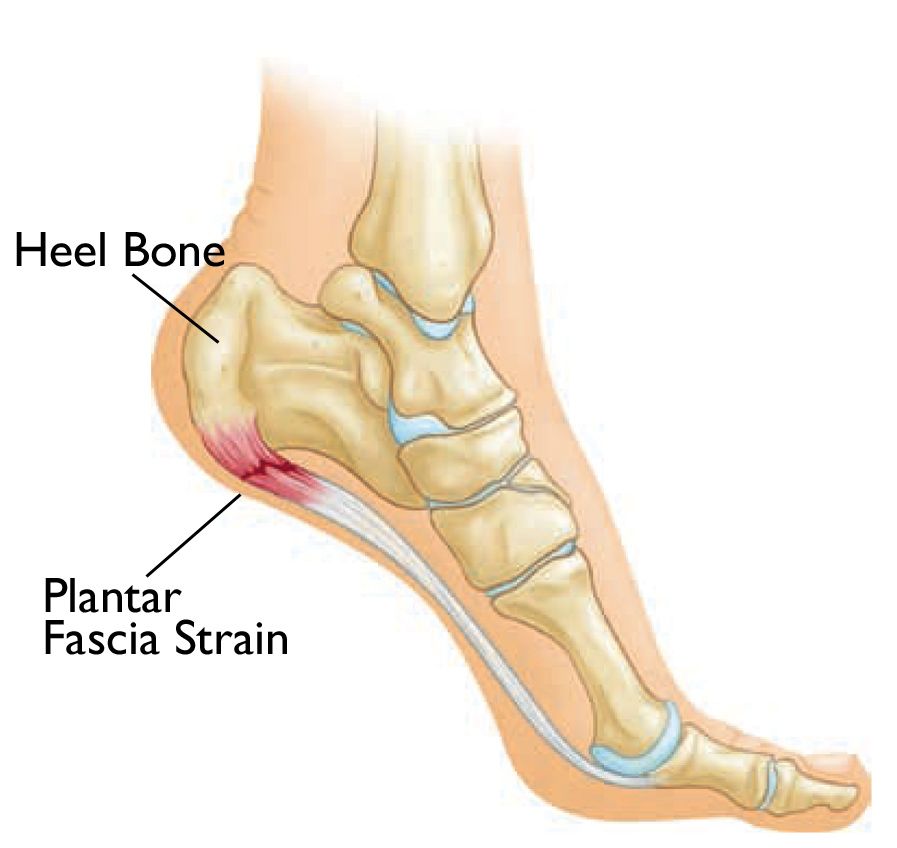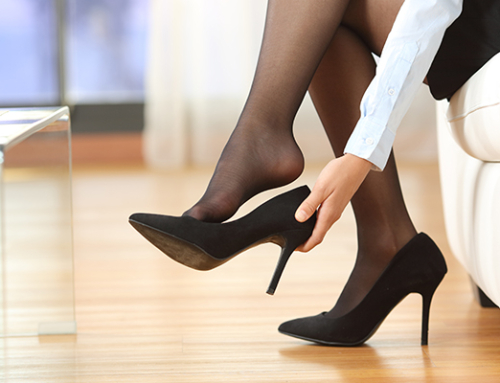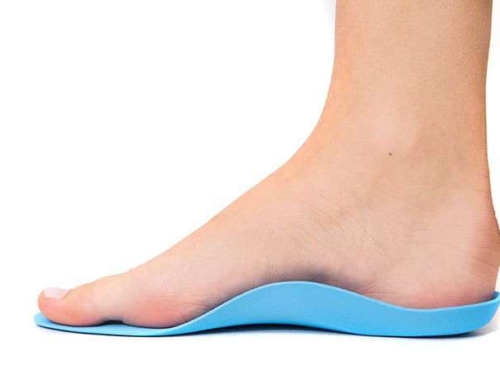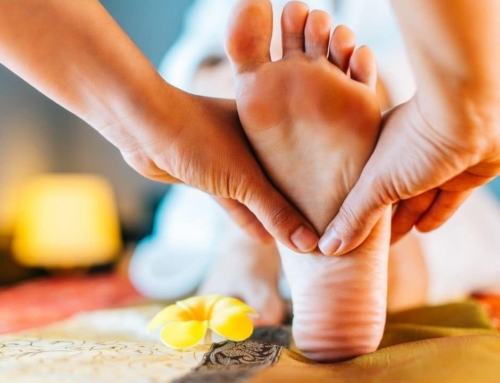Pain felt in the heels should never be ignored. It can be a symptom of an underlying issue. Typically, the problem is going to get worse and worse over time. Taking action early can help you feel your best. It can also prevent additional pain or damage to that part of the feet from developing.
Sometimes, the problem is due to something being damaged from an injury. In other situations, it is due to the shape of your feet or a health concern you have. Since it can be difficult to know what is causing the pain to the heel, you may need to try a variety of options for relief. If they don’t take care of the problem, schedule an appointment with a specialist for an evaluation.
Where is the pain located?
Pay attention to the location of heel pain. For some people it affects the bottom of it. For others it will affect the back part of it. Both can be painful, but they can indicate different types of issues and influence how you treat it. If the pain is severe, don’t walk on it until you have consulted with your doctor. You may have a serious injury that will continue to get worse until professional treatment is given.
Everyone has a different threshold for pain. However, you shouldn’t be suffering and struggling to take on routine tasks such as walking or standing up. Take care of your heel pain on your own if it is noticeable but not preventing you from getting around or sleeping well. When the pain is severe you don’t want to put off getting medical care.
What is the cause of the pain?
Exploring the cause of the heel pain can help you with the treatment. Do what you can to pinpoint the details so you can start with the right forms of treatment. If you really have no idea it may be best to talk to your doctor. Below are some of the common cause of heel pain and the best remedies for them.
Achilles Tendonitis
The Achilles tendon is very strong, and it is also the largest tendon. It connects the heel to the calf. It makes it possible to walk, to run, and to jump. Such movements can be painful if the Achilles tendon is injured or inflamed. This type of heel pain is typically associated with sports activities. There may be a strain or tear in the tendon. It can also happen if your work tasks require you to move frequently and in all directions.
The pain associated with Achilles Tendonitis can be hard to ignore as it is very painful when you stand or walk on it. The tendon can be swollen, and that makes it uncomfortable to wear shoes because they will feel too tight. It isn’t cared for the tendon can rupture, resulting in severe pain and the need for surgery.
It is best to rest the heel as much as possible. This may require a person to stop playing sports for a period of time so it can heel. Your doctor may recommend inserts for shoes used in sports to help offset future problems with it. Taking over the counter medications can help reduce pain and inflammation. Your doctor may recommend stretches or physical therapy to help the tendon heal and get stronger.
Bursitis
This type of heel pain is the result of the bursa sac being injured or inflamed. The bursa sac helps the joints and muscles move with ease when everything is normal. The pain occurs at the back of the heel and tends to get worse as the day progresses. Those that spend lots of time of their feet each day are more likely to experience bursitis. The heels may become swollen, making it uncomfortable to wear shoes.
Support inserts and quality shoes offer more support and can offset this type of problem. Over the counter medications can help control the pain. Your doctor may recommend physical therapy to help make the tendons stronger. For severe pain cortisone shots may be necessary.
Plantar Fasciitis
A very common issue with the heels is Plantar Fasciitis. It occurs when the band from the bottom of the heel to the big toe becomes inflamed. The level of pain depends on the amount of inflammation. When it is treated early it can prevent it from getting worse. It can reoccur often though if preventative measures aren’t taken.
The pain tends to start under the heel and go up to the arch area of the foot. The area may feel sore but there can be moments of sharp pain created when you move. The pain is usually worse in the morning due to the feet getting tighter while you sleep. Try to massage and flex your feet in the morning before you get out of bed to help get the blood circulating before you walk.
Shedding extra pounds is one of the best ways to reduce pain from Plantar Fasciitis. Eating a healthy diet can reduce inflammation. Some foods are triggers for creating information, and that can result in a constant cycle of pain. Make sure you wear shoes with plenty of support, especially if you stand for long periods of time.
If none of this helps, see a specialist as the shape of your feet may be causing the pain associated with Plantar Fasciitis. It may be necessary for special shoe inserts to be created after molds of your feet are taken. They may recommend physical therapy to help get your feet stronger.
Be patient
It can take time to identify the underlying factors creating heel pain for you. Do what you can to slow down and rest. This allows the heel to have time to get better. If your efforts to resolve the problem on your own don’t get results or the pain gets worse it is time to see a doctor. They can examine the heels, they can take x-ray, and they can help you devise the best treatment plan for your needs.






